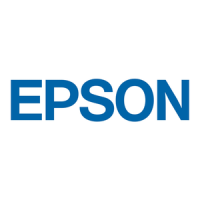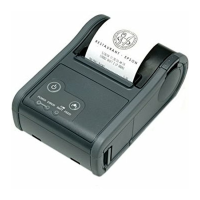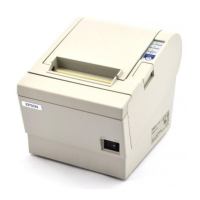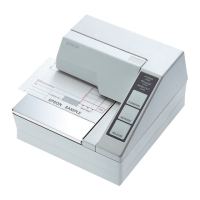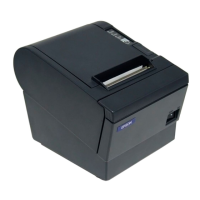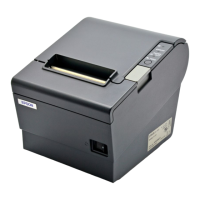89
Appendix
Electrical Characteristics
Power supply using a single charger (OT-SC20)
Reliability
1 End of life is defined as the point at which the printer reaches the beginning of the wear out period.
2 This is a random failure occurring at the time of the random failure period.
3 This is an average failure interval based on failures related to wear out and random failures up to the life of 10 mil-
lion lines.
Environmental Conditions
Temperature and humidity
Be sure to install the battery in the printer. The printer does not operate with the single charger only.
Dedicated battery
(OT-BY20)
*
Model: D171A Rated voltage: DC 7.2 V
Capacity: Typ. 1240 mAh, Min. 1170 mAh
Continuous operating
time
Wi-Fi model Power save mode enabled: Approx. 16 hours
Power save mode disabled: Approx. 9 hours
Bluetooth model Approx. 26 hours
Above continuous operating times will vary depending on changes in the use environment or condi-
tion.
Life*
1
Printer mechanism 10 million lines printing (3.75 mm {0.15"} for one line)
Thermal head 100 million pulses (for each element), 50 km
Unit side charging terminal 10,000 times
MTBF (Mean Time Between Failure)*
2
120,000 hours
MCBF (Mean Cycle Between Failure)*
3
16 million lines
For operation When using only battery for power supply
(When the battery is not being charged)
Temperature:
-10 to 50°C {14 to 122°F} (Bluetooth model)
0 to 50°C {32 to 122°F} (Wi-Fi model)
Humidity: 10 to 90% RH (except for paper)
When using battery and single charger
(When the battery is being charged)
Temperature: 0 to 40°C {32 to 104°F}
Humidity: 10 to 90% RH (except for paper)
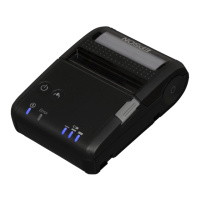
